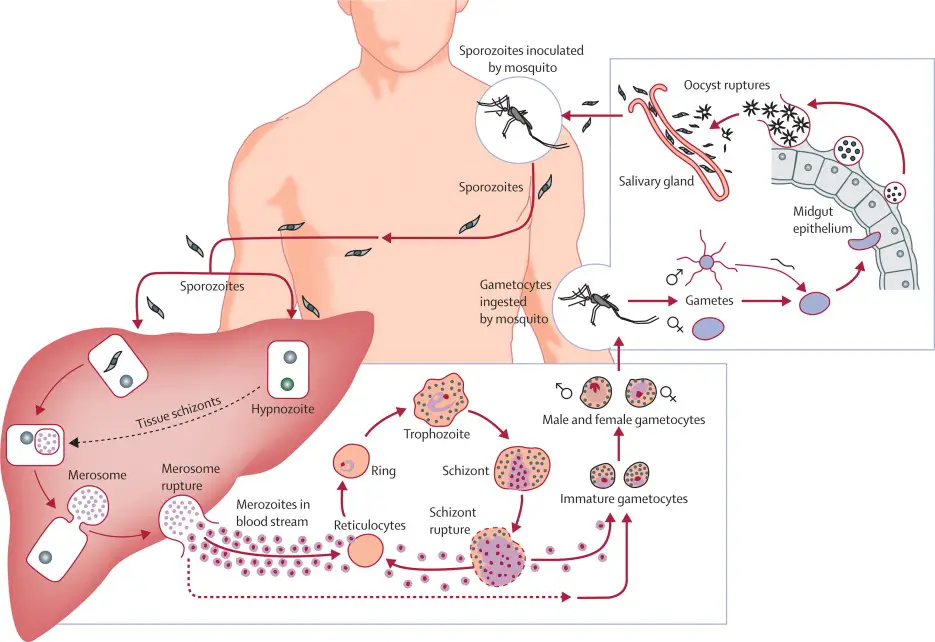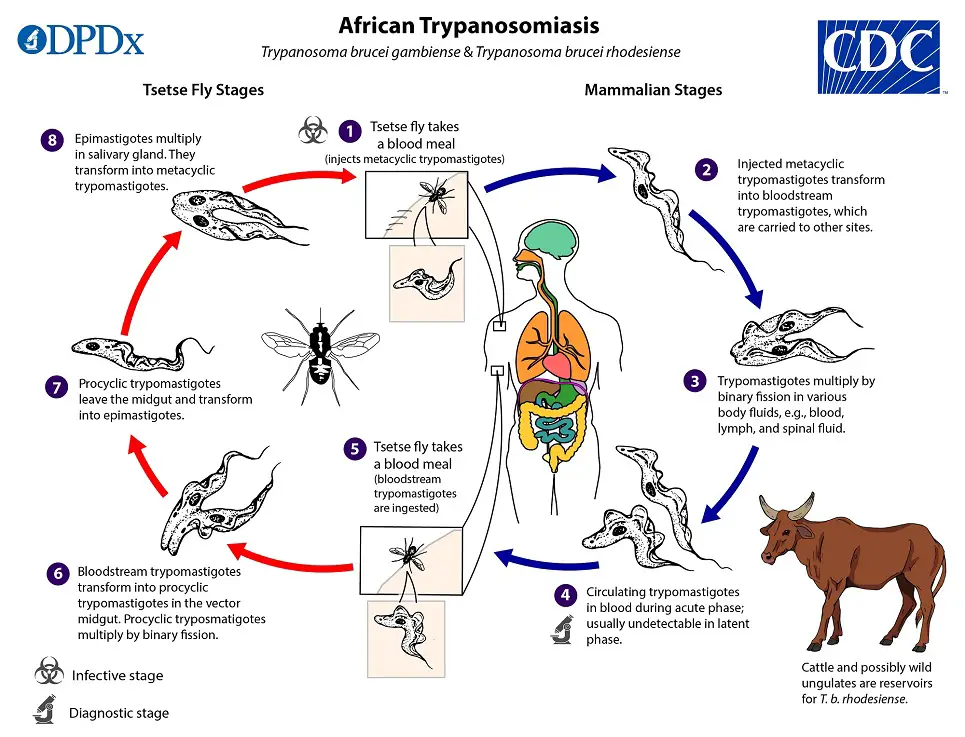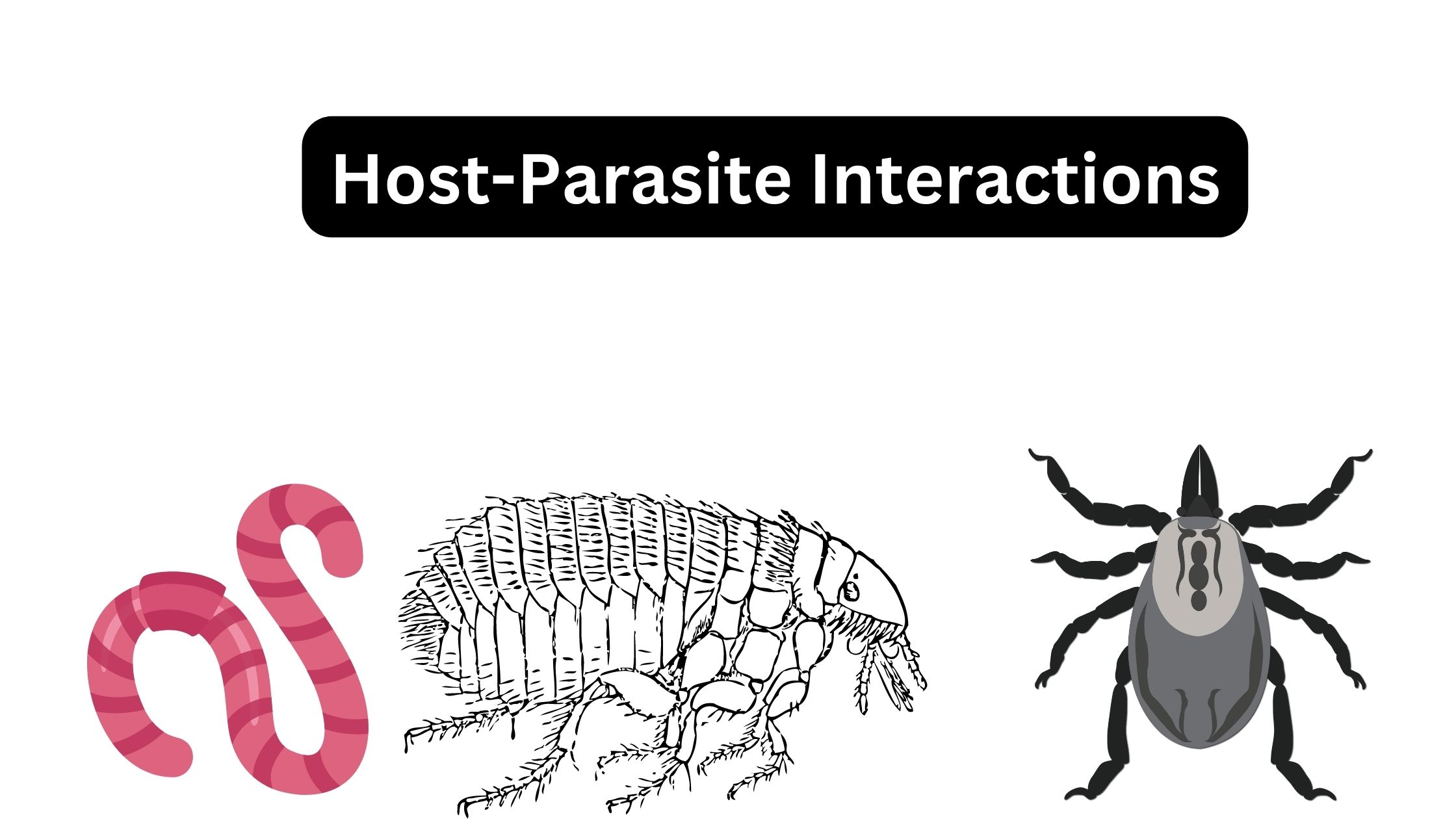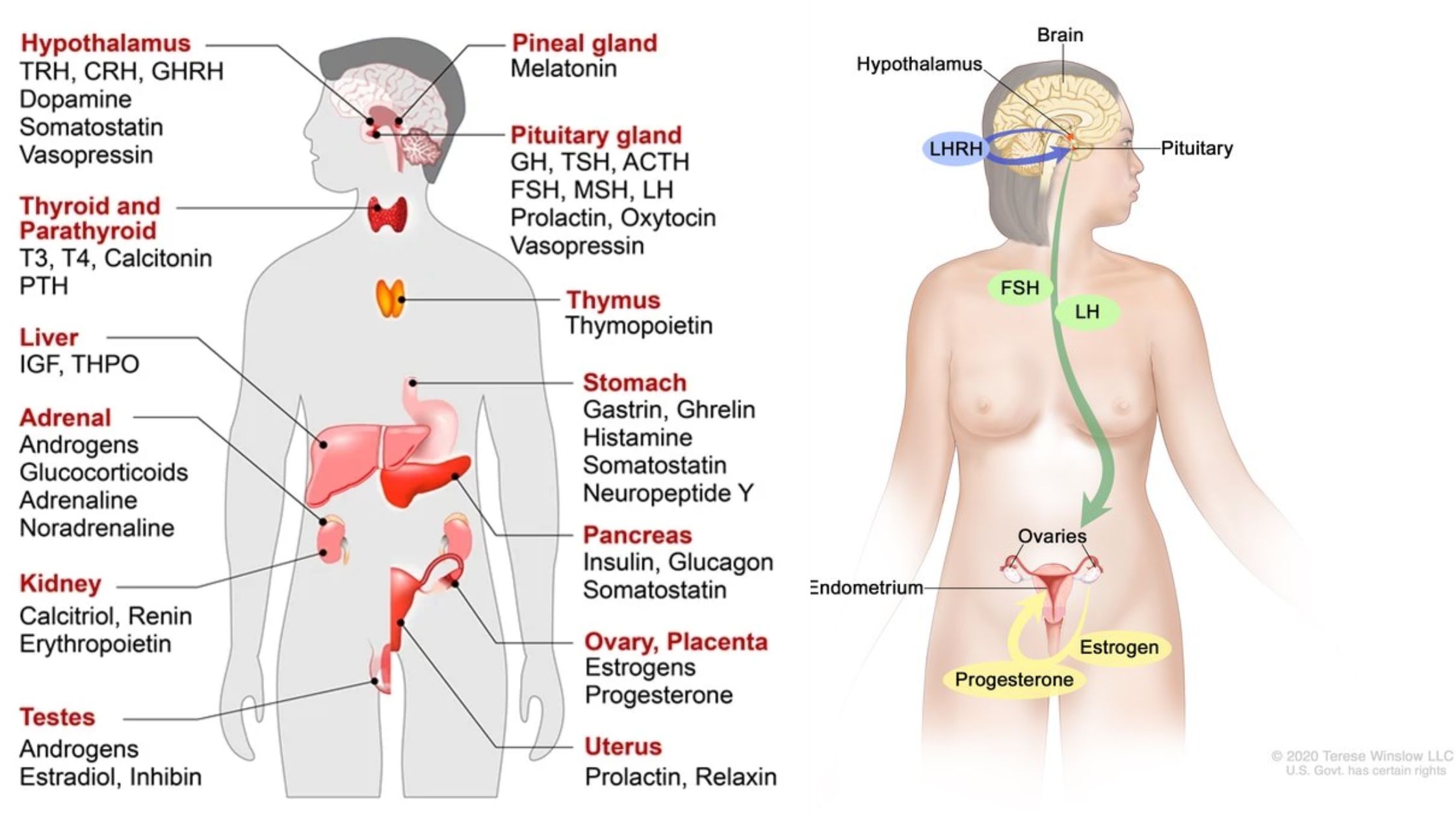Life Cycle of Plasmodium vivax in Man and in Mosquito
What is Plasmodium vivax? The life cycle of Plasmodium vivax The life cycle of Plasmodium vivax is divided into two phage; 1. Asexual cycle or Life Cycle of Plasmodium vivax in Man or Schizogony in man Below is a detailed explanation of the asexual cycle of Plasmodium vivax in Man; 2. Sexual Cycle or Life cycle Plasmodium … Read more









